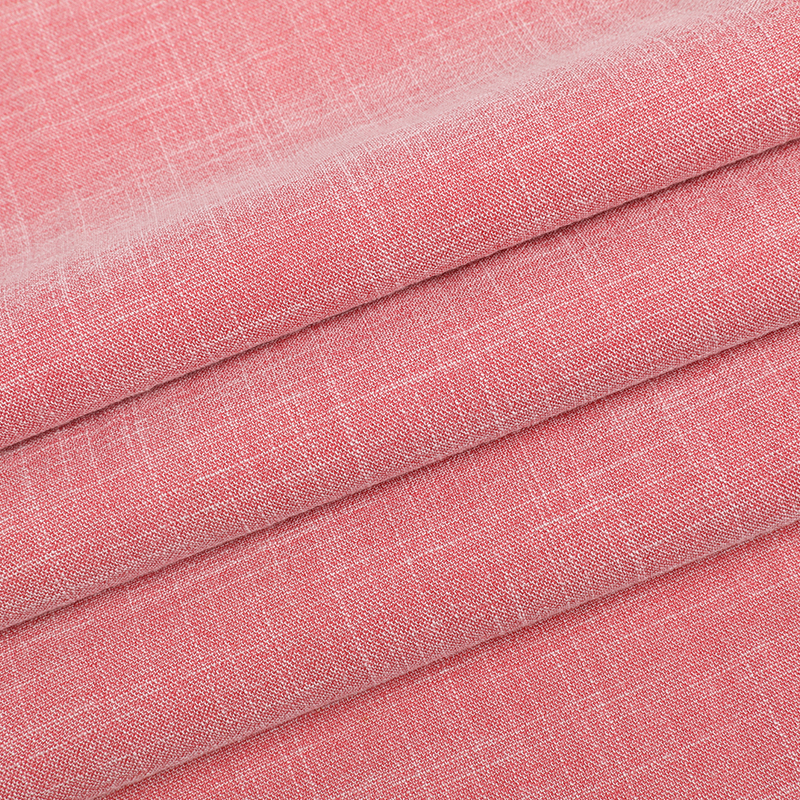If you are interested in some of our products, please feel free to visit our website or contact us for detailed information.

New Hopefiber fabric has emerged as a groundbreaking innovation in the textile industry, heralding a new era of sustainable and eco-friendly materials. This revolutionary fabric, derived from a plant-based source, offers a range of benefits that make it a preferred choice for environmentally conscious designers and consumers. With its focus on sustainability, New Hopefiber fabric is reshaping the way we approach fashion and textiles.
The foundation of New Hopefiber fabric lies in its raw material, which is extracted from a rapidly renewable source: bamboo. This plant-based fiber is obtained through a sustainable harvesting process, ensuring minimal environmental impact. Bamboo grows quickly, requires no pesticides, and can thrive in diverse climates, making it an ideal choice for eco-friendly textile production.
One of the key advantages of New Hopefiber fabric is its remarkable softness and comfort. The natural properties of bamboo fibers give the fabric a luxurious and silky feel against the skin, making it incredibly comfortable to wear. This softness, combined with its breathability, makes it suitable for a wide range of applications, from everyday clothing to bedding and home textiles.
Additionally, New Hopefiber fabric offers excellent moisture-wicking properties. The bamboo fibers have natural moisture-absorbing abilities, effectively drawing perspiration away from the body. This feature keeps the wearer cool and dry even in hot and humid conditions, making it an ideal choice for activewear and performance garments.
One of the standout features of New Hopefiber fabric is its sustainability credentials. Bamboo cultivation requires significantly less water compared to traditional crops like cotton, reducing water consumption in the textile manufacturing process. Furthermore, bamboo absorbs more carbon dioxide and releases more oxygen into the atmosphere than other plants, making it an effective tool in combating climate change.
Moreover, New Hopefiber fabric is biodegradable and compostable, ensuring minimal environmental impact at the end of its lifecycle. Unlike synthetic fabrics that contribute to microplastic pollution, this fabric naturally decomposes, returning to the earth without leaving harmful residues. This characteristic aligns with the growing demand for circular fashion and responsible consumption.
The versatility of New Hopefiber fabric extends to its design possibilities. The fabric can be easily dyed and printed, allowing designers to create vibrant and visually appealing garments. Its natural luster adds an elegant touch to clothing, making it a favored choice for both casual and formal wear. The fabric's versatility, combined with its sustainability features, makes it a win-win for fashion enthusiasts seeking environmentally friendly options.
As the fashion industry embraces a more sustainable future, New Hopefiber fabric is gaining traction among designers, retailers, and consumers. Its combination of comfort, breathability, and eco-consciousness has positioned it as a frontrunner in the pursuit of responsible fashion. With ongoing research and development in sustainable textiles, the future of New Hopefiber fabric looks promising, promising a greener and more sustainable fashion industry for years to come.



 English
English 中文简体
中文简体 Español
Español Français
Français italiano
italiano








